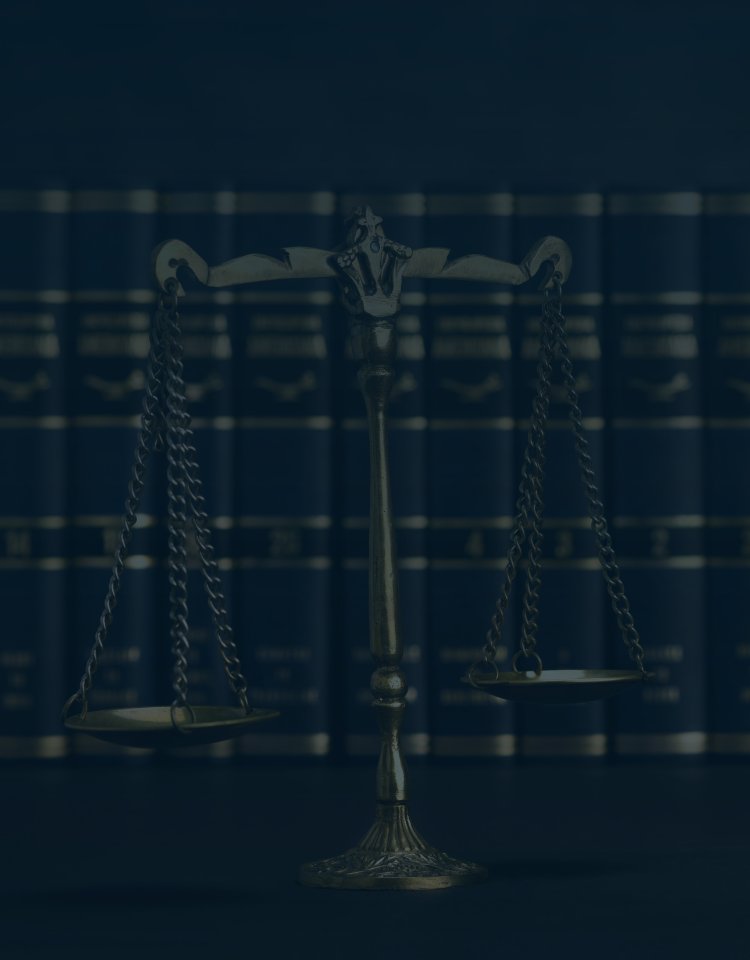By: Jamie Davison, Associate, and Kathleen Hunter, Student-at-Law
The question as to what qualifies as an “accident” under section 3(1) of the Statutory Accident Benefits Schedule (“SABS”) is a commonly litigated issue before the License Appeal Tribunal (“LAT”) and the courts. Section 3(1) of the Schedule defines “accident” as,
3. (1) In this Regulation,
“accident” means an incident in which the use or operation of an automobile directly causes an impairment or directly causes damage to any prescription eyewear, denture, hearing aid, prosthesis or other medical or dental device; (“accident”)
Despite this definition, the phrase “the use or operation of an automobile” remains nuanced and leads this to being an ever evolving and hotly litigated topic. However, most recently, this definition is broadening, as exemplified by two recent cases, one from the LAT itself and the other from the Court of Appeal. The decision of Penhale v Aviva General Insurance Company, 2024 ONLAT 24-006848/AABS-PI (“Penhale”) and Davis v Aviva General Insurance Company, 2024 ONCA 944 (“Davis”) are shaping the current legal landscape in favour of the applicant.
Penhale v. Aviva General Insurance Company, 2024 ONLAT 24-006848/AABS-PI
The Penhale decision arose out of a preliminary issue raised by the Respondent insurer who claimed that the incident in which the Applicant sustained injuries was not considered an “accident” as defined in section 3(1) of the Schedule.
Facts of the Incident
The Applicant’s evidence at her Examination Under Oath was that she and her husband had visited St. Michael’s Hospital on October 5, 2021. A car service had picked them up and driven them to the hospital. Following his appointment, the Applicant and her husband exited the hospital’s main entrance where the car service was parked.
The driver exited the vehicle and assisted the Applicant’s husband into the back seat of the vehicle from his walker. The driver then requested the Applicant to secure her husband’s seat belt once she was seated in the vehicle. The driver then was loading the trunk with items from the back seat and the walker; simultaneously, the Applicant began walking behind the driver, proceeding to the passenger side of the vehicle.
While walking behind the vehicle while the driver was loading the trunk, the driver closed the trunk door and stepped backwards into the Applicant, knocking her to the ground and causing her serious injuries.
The Applicant’s evidence was that she did not know if the car was running – she did not hear the engine on, no one was in the front seat, and the car never moved. The Applicant believed that she fell because the driver stepped back into her, knocking her over. At the time, she was knocked into, the Applicant was at the mid-point of the back of the car and the trunk was not open.
The Tribunal accepted the Applicant’s evidence.
Legal Framework of Section 3(1) Schedule
To determine if the Applicant was involved in an “accident” as defined by the Schedule, Member Levitsky relied on “The Purpose Test” and “The Causation Test” as set out in Greenhalgh v. ING Halifax Insurance Company, 2004 21045, and Chisholm v. Liberty Mutual Insurance Group, 2002 CanLII 45020 (ON CA), [2002] OJ No. 3135. She noted that the onus is on the Applicant to establish on a balance of probabilities that the use or operation of an automobile directly caused her injuries.
The Purpose Test: For what purpose was the automobile being used or operated at the relevant time? Did the incident arise out of the ordinary and well-known activities for which automobiles are used?
It was the respondent’s position that the incident did not arise out of the ordinary and well-known activities for which automobiles are put, as the Applicant was still outside at the back of the vehicle, she had not begun the process of entering the vehicle.
The adjudicator disagreed and found that the Applicant had satisfied the “purpose test”.
Firstly, the Member Levitsky rejected the respondent’s submission that the Applicant was merely walking towards a parked vehicle. The adjudicator found that the reason the Applicant was at the rear of the vehicle was because she was in the process of walking to the passenger door to enter it. She had the intention of entering the vehicle for the purpose of being transported home. Her husband was already loaded into the vehicle, along with his walker. The adjudicator held that entering a vehicle in order to be driven somewhere, is in an ordinary and well-known activity for which automobiles are put, and the Applicant was in the process of doing such.
Secondly, the adjudicator found that the driver was also using the vehicle for its ordinary and well-known activities when the incident occurred. While the adjudicator acknowledged that she had no direct evidence from the driver, she found that on a balance of probabilities, the driver’s intention was to do the job for which she was hired – to drive the passengers to their destination. This process had already begun as she was loading the passengers and their belongings into the vehicle for the purpose of driving them home. Ultimately, the adjudicator concluded that loading items and passengers in a vehicle with the intention of driving them somewhere is an ordinary and well-known activity for which automobiles are put.
For the above reasons, the Applicant was found to meet the purpose test.
The Causation Test: Did such use or operation of an automobile directly cause the impairment?
Member Levitsky did not agree with the respondent that the push by the driver was an intervening act, breaking the chain of causation.
The adjudicator found that “but for” her use of the vehicle, the Applicant would not have fallen and sustained her injuries. The Applicant was walking behind the vehicle for the purposes of entering it – but for the driver’s use of the vehicle, finishing loading the trunk and taking a step back, the Applicant would not have fallen.
The adjudicator relied on Madore v Intact Insurance Company, 2023 ONSC 11 (“Madore”), which involved a slip and fall from the top of a trailer. In that case, the Court noted that slipping and falling from that height must be seen as a foreseeable risk and that there was no significant lapse of time between when the appellant was in direct contact with the trailer and the occurrence of the fall, nor did the ordinary use or operation of the trailer cease before the fall occurred. The tribunal found that, like in Madore, there was a temporal and proximal connection between the closing of the trunk and the step back. The driver bumping into someone as during same was a normal incident of risk created by people using the vehicle and as such was not an intervening act.
The adjudicator held that the case on which the respondent relied, Porter v Aviva Insurance Company of Canada, 2021 ONSC 3107 (“Porter”), was distinguishable. In Porter, the Applicant was walking to a Lyft car up an icy driveway. She reached out her hand to touch the hood of the car to stable herself but before she could open the car door, she slipped and fell on the ice. The tribunal found that as the dominant cause of the accident was the ice, which was not connected to the vehicle, the incident did not qualify as an “accident” per section 3(1) of the Schedule. The adjudicator found this was distinguishable from the case before her in which the Applicant was injured because the driver bumped into her while using the vehicle. Thus, there was a direct connection between the injuries and the use of the vehicle.
Having found that the Applicant met both the purpose test and the causation test, the adjudicator held that the Applicant was involved in an accident as defined in s. 3(1) of the Schedule.
Davis v. Aviva General Insurance Company, 2024 ONCA 944
It is important to note that the “accident” analysis under the SABs is largely fact specific, and the case law can get a bit murky.
In Davis, the Court of Appeal upheld a decision from the Divisional Court, which involved a slip and fall on ice where the Claimant was a step away from her vehicle and using her key fob to unlock her car.
The LAT denied the claim, citing the decision in Porter, submitting that the use or operation of the automobile was not the dominant feature of the injuries. The Divisional Court disagreed and held that the “slipped on ice” cases could be divided into two camps and that, “where there is a distinguishing fact from a slip and a fall like the injury in Porter and a series of events that connects the direct use of the car to the injury, ice will not have played the dominant role or served as an intervening event.”.
The Divisional Court held at paragraph 84 that, “Ms. Davis [the Claimant] had the electronic key fob in her hand to open and enter her car, which is a part of the use of a motor vehicle. She was so proximate to completing that entry that her leg came to rest under the front wheel on the driver’s side. Referring to the reasoning in Seung, the presence of the key fob was a fact that supported the finding that the use of the car was the direct cause of her fall, not the ice beneath her feet” and concluded that the respondent sustained impairments from an accident within the meaning of the SABS.
The Court of Appeal ultimately dismissed Aviva’s appeal and upheld the decision of the Divisional Court, finding that the dispute was largely fact-specific, and Aviva had not made an arguable case for why the settled test for an “accident” under the SABS should be changed.
Takeaways:
What emerges from the case law is that what qualifies as a “accident” under s. 3(1) of the Schedule is a highly fact-specific analysis. For example, a mere difference in the distance the injured party was to the vehicle may alter this analysis. Regardless, the “Purpose Test” and the “Causation Test” remain the dominant tests to be used in this analysis. Ultimately, it seems that what qualifies as an “accident” under the SABS may be broadening in a direction that is helpful to applicants’ access to benefits.





